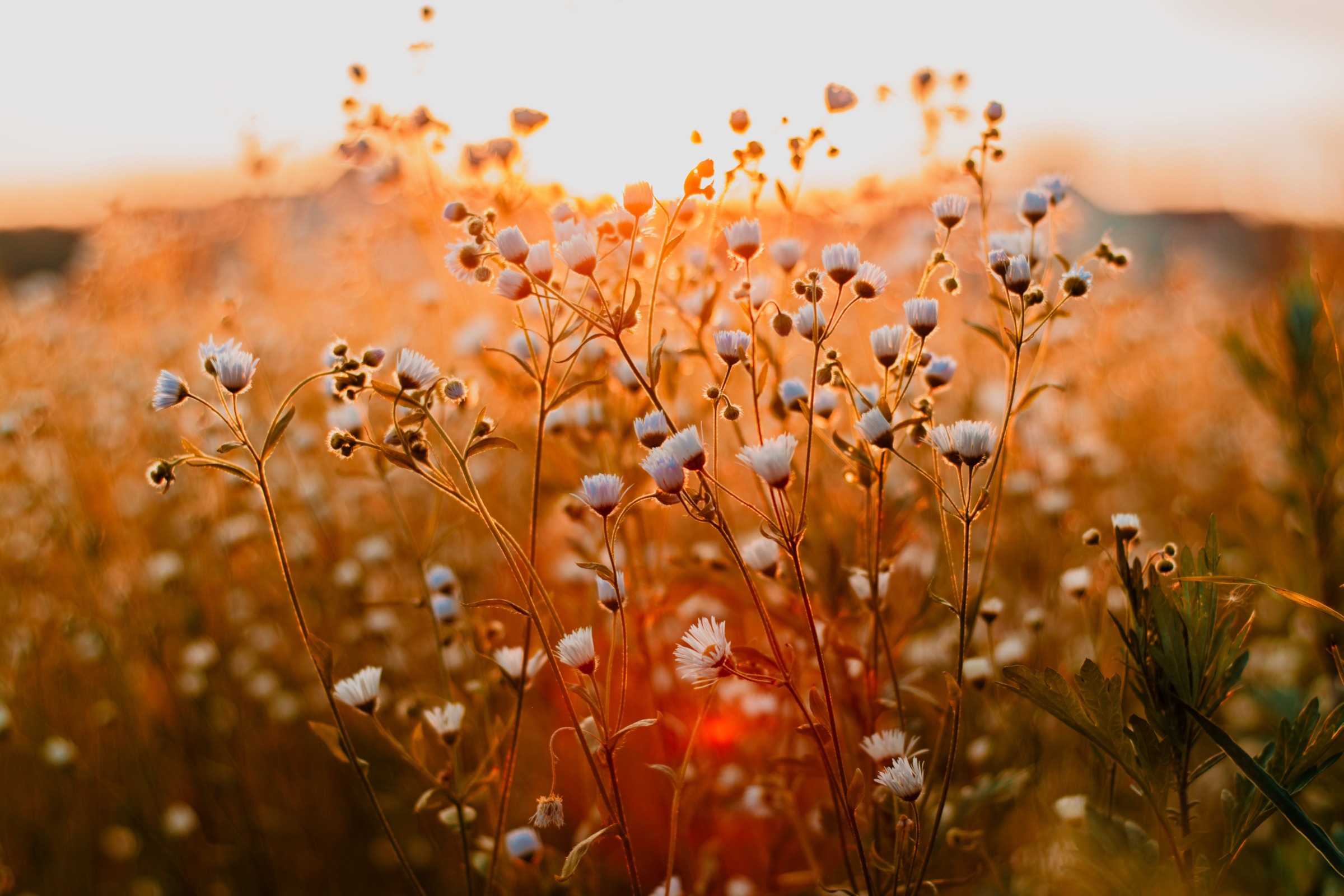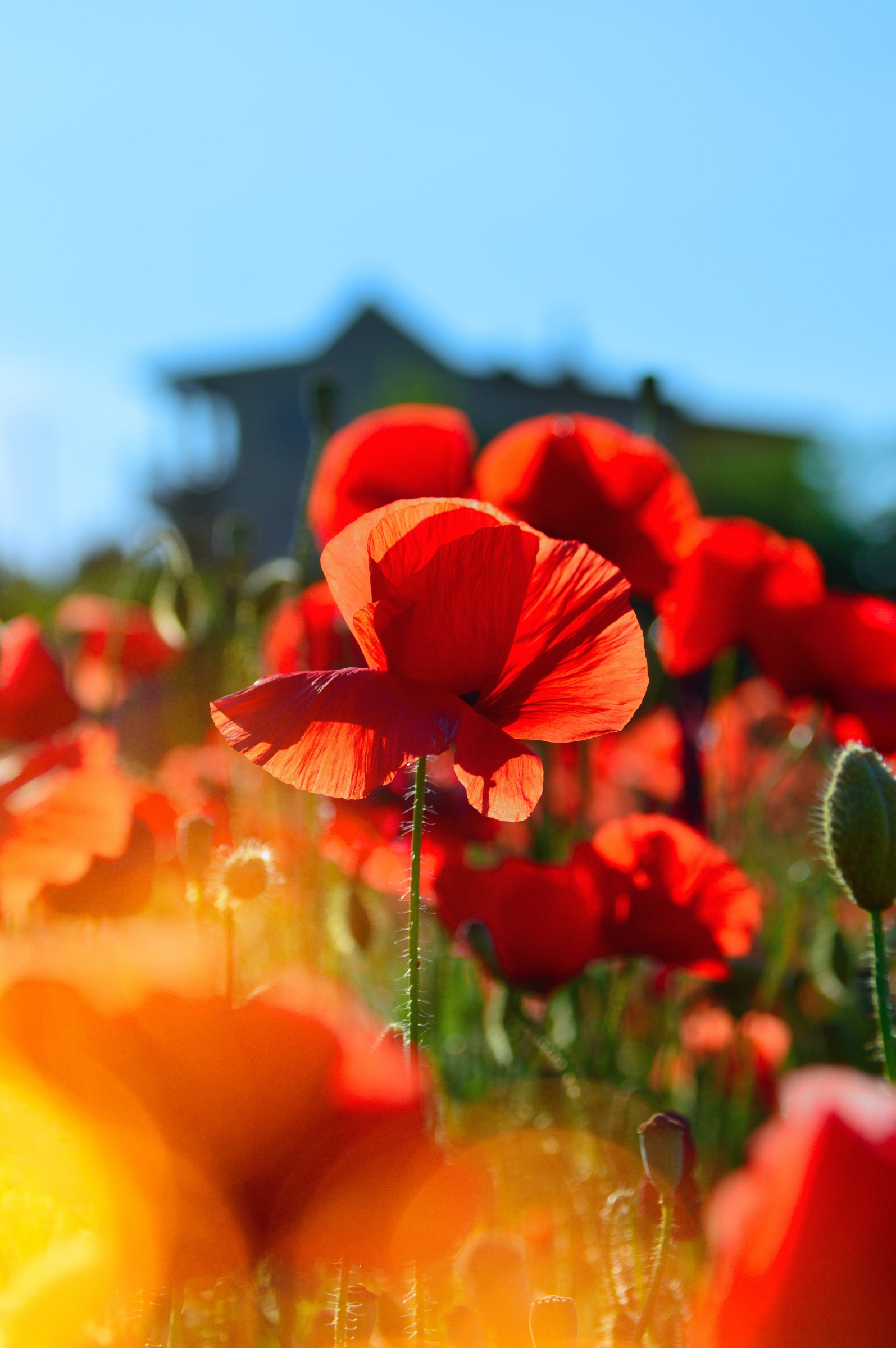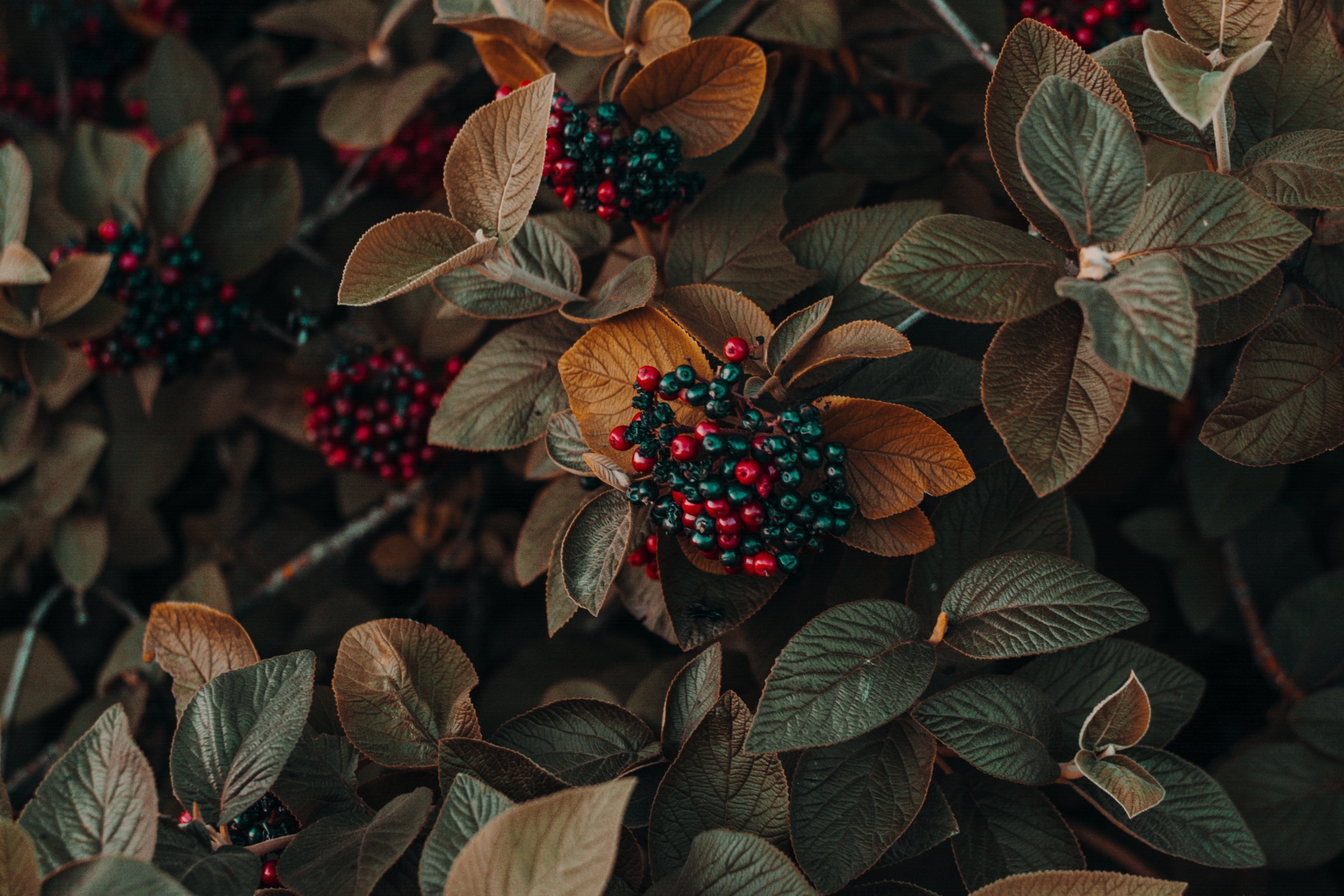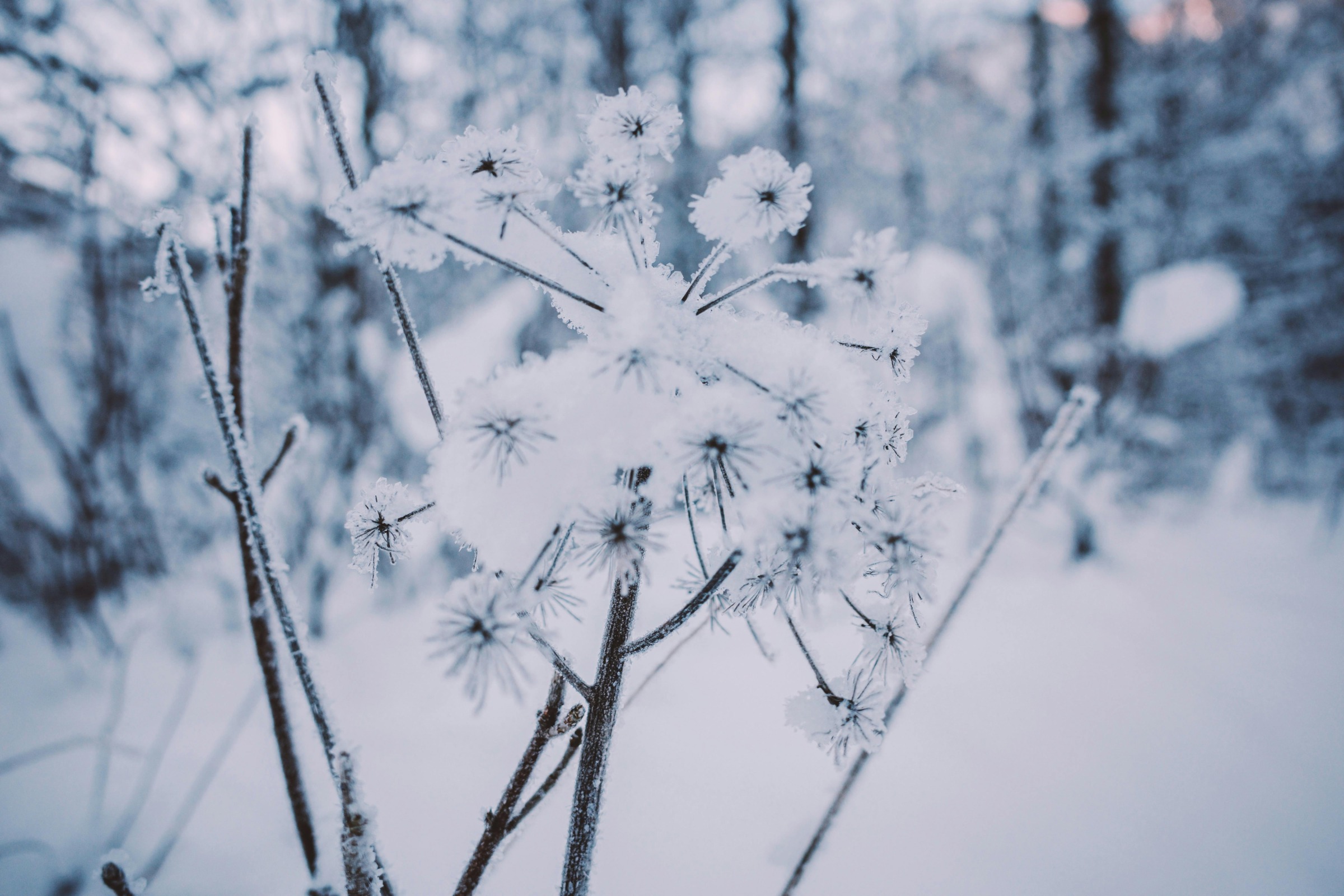Phlox are beautiful and popular flowering perennials loved for their dense, colorful blooms. However, some flowers that resemble phlox are actually imposters. Learning to identify key differences helps avoid planting invasive or problematic plants.
Why Identification Matters
Garden phlox (Phlox paniculata) and creeping phlox (P. subulata) are go-to border plants with fragrant flower clusters in diverse hues. Wild phlox species like P. divaricata and P. pilosa also grace eastern North American forests and prairies.
Given phlox’s charm similar blooms naturally appeal to gardeners. But some phlox look-alikes spread aggressively or harm ecosystems. Proper ID is essential.
Dame’s Rocket: A Sneaky Invader
Perhaps the most common phlox imposter is dame’s rocket (Hesperis matronalis). This plant has showy white, pink, or purple flower spikes reminiscent of phlox.
However, dame’s rocket is not a phlox but a Eurasian mustard introduced as an ornamental. It readily escapes gardens, spreading fast and displacing native plants. Many authorities now prohibit its sale and encourage eradication.
Notable Differences Between Phlox and Dame’s Rocket
Phlox and dame’s rocket appear alike from afar but have key differences
- Petals – Phlox have 5, dame’s rocket has 4
- Flower shape – Phlox are tubular, dame’s rocket flatter
- Flower clusters – Phlox are loose, dame’s rocket dense spikes
- Fragrance – Dame’s rocket has a sweet scent, phlox do not
- Bloom time – Dame’s rocket peaks in late spring, phlox in summer
- Plant shape – Dame’s rocket has alternate leaves on erect stems, phlox has opposite leaves
Learning these subtleties helps accurately identify dame’s rocket, a far less desirable plant than phlox for most areas.
How Dame’s Rocket Spreads Aggressively
Once settled in, dame’s rocket spreads readily by seeds. A single plant can discharge thousands of seeds per year. These germinate in disturbed sites like gardens.
Wildlife, water, mowing, and other forces then spread seeds beyond intended bounds. Large monocultures emerge along roadsides, ditches, and woodland margins.
Vigorous growth also lets dame’s rocket outcompete slower native plants. Rapid spring and early summer growth overtakes and shades out natives. Allelopathic chemicals emitted by dame’s rocket further hinder neighboring plants.
Controlling and Removing Dame’s Rocket
Eliminating dame’s rocket requires persistence. Hand pulling plants before seed set prevents spread. But leftover root fragments may regrow.
Mowing or string trimming prevents seeding if timed before flowering. Always bag and dispose of cut plants rather than composting.
For large infestations, applying certain herbicides in early spring or fall may be necessary. Glyphosate products can work when carefully applied. Repeat control efforts for several years to gain the upper hand.
The payoff is protecting habitat for valued native wildflowers like phlox species.
Enjoy Phlox, Avoid Dame’s Rocket
Garden phlox offers many safe choices for summer-blooming color. Seek out native blue and prairie phlox to appreciate in the wild.
But resist planting dame’s rocket. Its aggressive traits inevitably cause issues. Avoiding look-alikes and removing stands helps safeguard the landscapes where phlox naturally thrives.
Other Flowers Sometimes Confused with Phlox
While dame’s rocket is the most problematic phlox impersonator, other look-alikes pop up occasionally:
- Creeping speedwell (Veronica sp.) – Similar low-growing perennial with blue or purple flowers.
- Wild sweet william (Phlox maculata) – Closely resembles phlox but is actually an entirely different genus.
- Garden valerian (Valeriana officinalis) – Has clusters of small, tubular white to pink flowers.
- False dragonhead (Physostegia virginiana) – Spiky pink/purple flowers resemble phlox. alternate leaves.
- Obedient plant (Physostegia virginiana) – Features tubular pink flowers on spikes but has wider leaves.
Familiarity with phlox’s distinctive traits helps correctly identify it apart from mimics. A careful eye and quick check of flower and leaf structure clears up most uncertainties.
The Takeaway
Phlox holds a special spot in gardens and native landscapes alike. But look-alikes like invasive dame’s rocket can spell trouble if not properly identified.
Learning key characteristics – like the different number of petals between phlox and dame’s rocket – prevents mix-ups. This protects beautiful phlox populations and the healthy habitats they inhabit.
So appreciate pretty phlox but proceed with caution around potentials imposters. A bit of knowledge goes a long way in keeping landscapes and gardens thriving.
:max_bytes(150000):strip_icc()/tall-garden-phlox-4117536-05-7fd8d70fefc4454ca8dee16c5adc579d.jpg)
Additional Images Dame’s Rocket leaf




Ask Your Gardening Question
If you’re unable to find the information you need, please submit your gardening question here:
Planting Colorful Perennial Phlox & Veronica! // Garden Answer
FAQ
What flower is similar to phlox?
This look-alike, called dame’s rocket (Hesperis matronalis, Figure 3) is a mustard native to Eurasia and was introduced to North America during European settlement in the 1600s, and it has now become established in many parts of the northern United States and Canada.
What is the invasive flower that looks like phlox?
It’s a widespread invasive species prized for its beauty in gardens but increasingly conspicuous in large stands along roadside ditches and forest edges around the state. Dame’s rocket is a common name (among many) for Hesperis matronalis, a member of the mustard family native to Eurasia.
What is the wild flower that looks like phlox?
Dame’s rocket supplants the ecological niche that would otherwise be occupied by native wildflowers like phloxes, which look very similar. Phloxes and dame’s rocket can easily be distinguished by the 5 petals found on phloxes, as opposed to the 4 petals found on dame’s rocket.
Are Dame’s Rocket and phlox the same?
Dame’s rocket is often confused with garden phlox (Phlox paniculata), because the flower colors, clustered blooms and bloom time are similar. However, garden phlox has flowers with five petals (dame’s rocket has four) and opposite, un-toothed leaves (dame’s rocket has alternate, toothed leaves).
